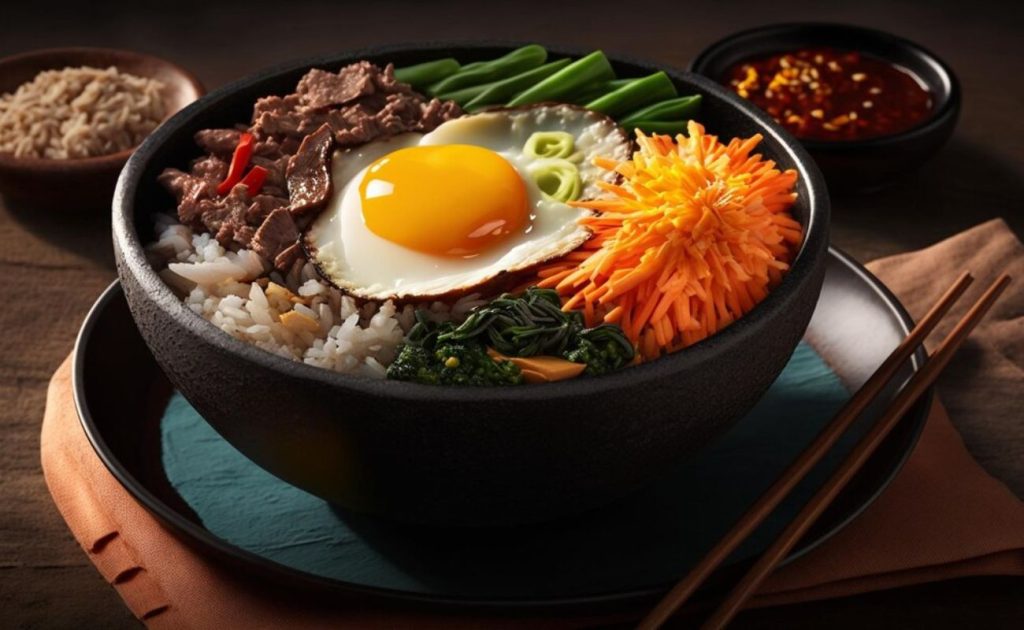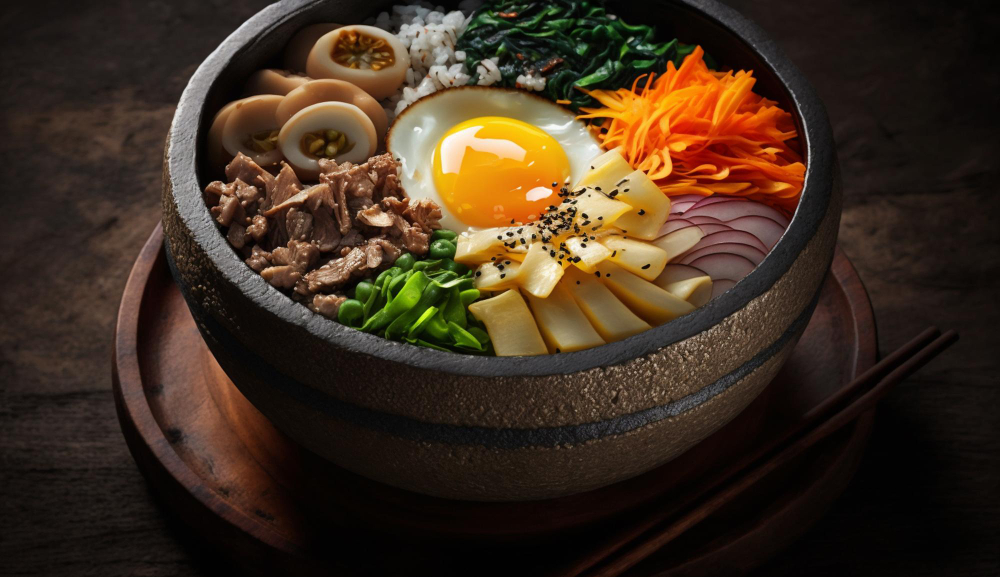The Concept of Bibimbap: A Wholesome Korean Household Dish
Bibimbap is more than just a popular Korean dish; it embodies the philosophy of resourcefulness and nourishment found in many Korean households. Literally translating to “mixed rice,” bibimbap is a vibrant and colorful bowl that brings together an array of ingredients, including leftover vegetables, proteins, and rice. This dish is a beautiful representation of how families can creatively utilize leftovers while ensuring everyone enjoys a nutritious meal.

A Practical and Nutritious Solution
In traditional Korean households, meals often consist of multiple dishes, resulting in a variety of leftover vegetables after breakfast and lunch. Instead of letting these nutritious ingredients go to waste, families have found a delicious solution: bibimbap. By using whatever vegetables are on hand, families can create a hearty and colorful bowl that’s not only satisfying but also packed with nutrients.

The Components of Bibimbap
At the heart of every bibimbap is a generous serving of rice, which serves as the foundation of the dish. Rice provides the necessary carbohydrates to fuel the body and is often seasoned with a touch of sesame oil for added flavor.
A variety of vegetables is what makes bibimbap so vibrant and nutritious. Common choices include spinach, carrots, zucchini, mushrooms, and bean sprouts. These vegetables are typically sautéed or blanched, and their colors and textures create a visually appealing dish. The use of leftovers ensures that every bite is packed with flavor and nutrients.
To enhance the nutritional value, bibimbap often includes a protein source. This can be anything from marinated beef, chicken, or tofu to a fried or poached egg on top. The protein not only adds richness to the dish but also helps keep you feeling full and satisfied.
- No bibimbap is complete without gochujang, a Korean chili paste that adds heat and depth of flavor. A drizzle of this spicy sauce over the assembled bibimbap brings everything together, elevating the taste of the dish.
- Finally, a sprinkle of sesame seeds and a few strips of seaweed can add a delightful crunch and an extra layer of flavor, making the dish even more enticing.
The Family Connection
Bibimbap is often enjoyed as a communal dish, with everyone mixing their own ingredients together in a shared bowl. This tradition fosters a sense of togetherness, as family members come together to enjoy a wholesome meal. It also encourages creativity, allowing each person to customize their bibimbap according to their tastes and preferences.
Nutritional Benefits
The concept of using leftover vegetables in bibimbap ensures that families receive a well-rounded meal. The combination of carbohydrates, proteins, and a variety of vitamins and minerals from the vegetables makes it a complete dish that supports overall health and well-being. It’s an easy way to ensure that everyone in the family gets a balanced meal without the stress of cooking from scratch every day.
Conclusion
Bibimbap is a perfect example of how Korean households turn leftovers into a nourishing and delicious meal. This beloved dish not only showcases the vibrant flavors and textures of various ingredients but also highlights the importance of resourcefulness in cooking. Next time you find yourself with leftover vegetables, consider creating your own bibimbap—it’s a wonderful way to celebrate flavors, nutrition, and family togetherness!
